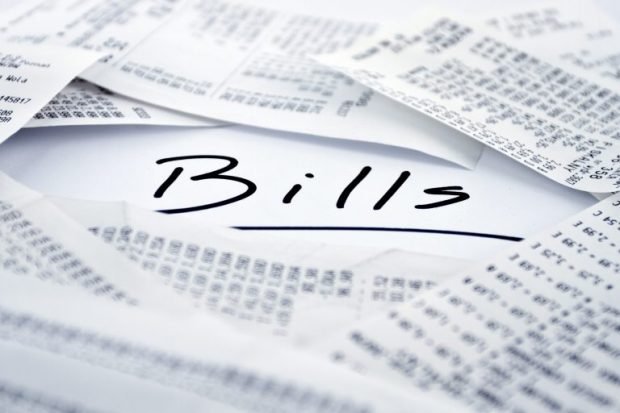A Reliable Method to Compare Prices of Toilet Paper
Over the years, I’ve received thousands of money-saving tips from readers — many of which I’ve shared in books, newsletters and this column. And there are plenty that I’ve not shared for a variety of reasons, but mostly because they don’t work.
Some work so poorly, they actually end up costing time and money, not saving anything. One of those tips still makes me laugh. It goes like this:
“Start with two empty toilet paper tubes and a new roll of 2-ply toilet tissue. Carefully separate the two layers of toilet tissue, re-rolling each of the layers onto an empty tube to create — ta-da! — two rolls of paper for the price of one.”
Not only does this take an unbelievable amount time, unless you own a toilet tissue rolling machine of some kind, the result is a ginormous, ridiculous mess of toilet tissue that is so thin, it takes at least twice as much to get the job done.
Don’t do that, OK? Instead, learn how to comparison shop for toilet tissue. And when you find it on sale at a great price, which means much lower than its regular price — not simply a sale sign, stock up.
NO STANDARD
Comparing prices on toilet paper is confusing because no two rolls or packages are alike. There are no set standards for toilet paper (and I’m not suggesting there should be). We can’t compare roll-for-roll because roll sizes vary from one manufacturer to another.
Some companies offer double-rolls, jumbo rolls or even 1,000-sheet rolls — all of which are pretty meaningless when trying to make a reasonable price comparison. Same with comparing the number of sheets per roll.
There is no set size for a sheet of toilet paper! To make things even more confusing, some rolls are 2-ply (layers), some are super ultra plush with 3-ply, and others are skimpy 1- or single-ply.
UNIT PRICING
Price-per-square-foot for thick (3-ply), regular (2-ply) or thin (1-ply) is the most reliable method for comparing toilet paper prices. Most manufacturers these days reveal both of these measurements on the product label. You may have to search for it, but somewhere you should be able to find this.
DO THE MATH
So you thought all those math classes you took in school were for naught? Finally, they’re about to pay off. The goal is to discover the price per square foot (denoted as “sq ft” or “ft2”) of the products you are comparing. Do this by dividing the price of the product by the total number of square feet.
If the product label reveals the number of square feet contained therein, you’re in luck.
If the label shows how many square inches of product are contained in the package, divide that number by 144 to get to the number of square feet. Now divide that number of square feet into the price.
If the store’s shelf label reveals the price per 100 sq. ft., divide that price by 100 to get the price of one square foot.




